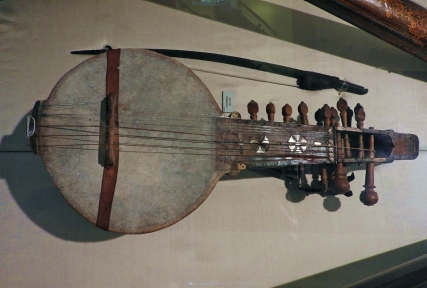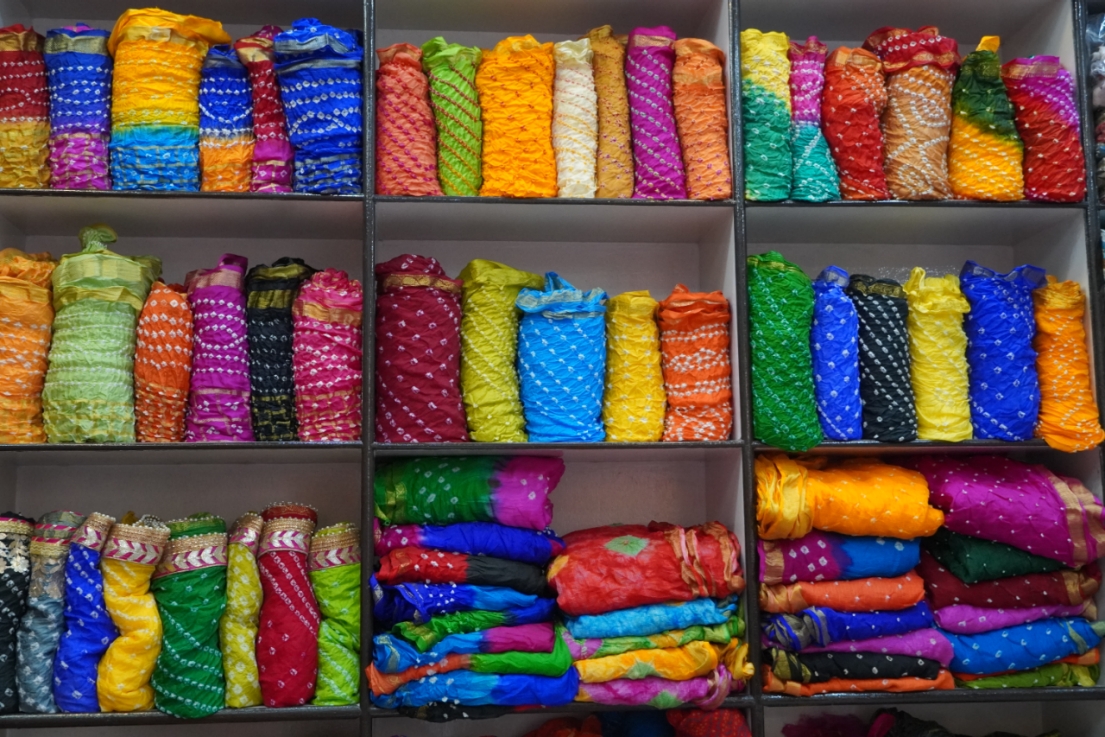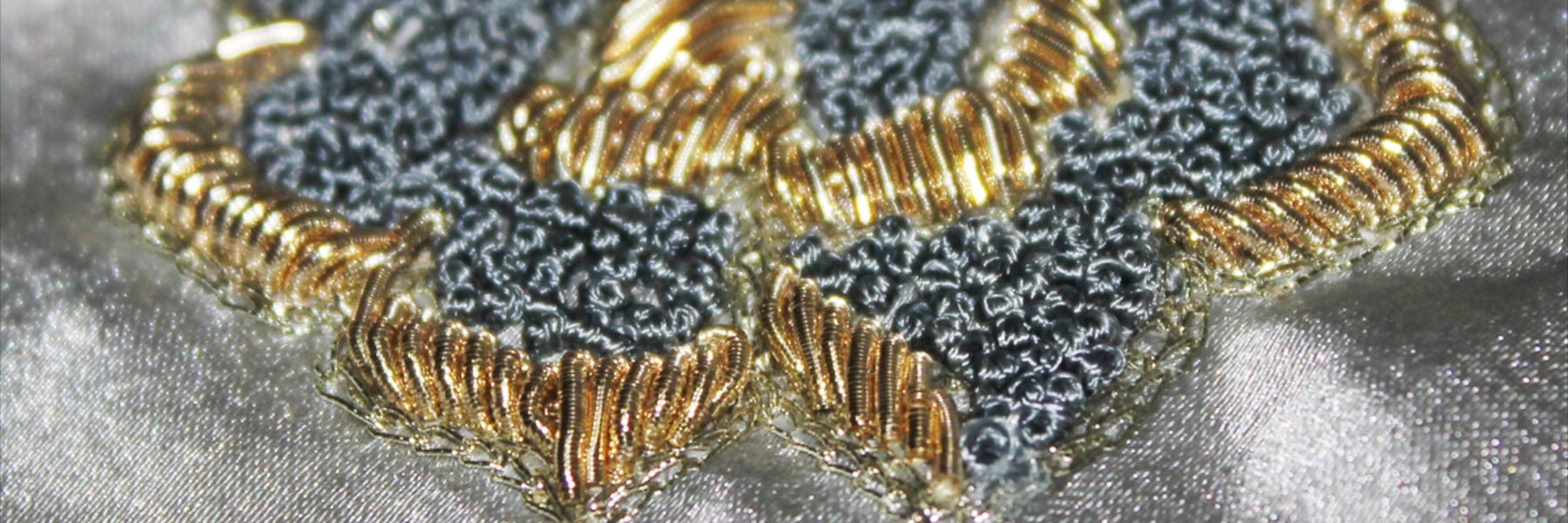
Sorry, we couldn't find anything that matches your search.
Destination

Famous Places to Explore in Hyderabad
A vibrant city with the imposing...

Raipur Tourist Places | Best Place to Visit
The stronghold of several erstwhile...

Ahmedabad
Declared as India's first UNESCO World...
#
Pichwai Paintings
The vibrant Pichwai paintings of Rajasthan are renowned all over the country. They have characteristic features of large eyes, a broad nose and a heavy body, similar to the features on the idol of Shrinathji, a form of Lord Krishna. These paintings generally depict the life of Lord Krishna and can showcase various legends surrounding the god. The intricate paintings take anywhere between two weeks and a few months, depending on the size of the canvas and detailing of the work.

Breeches
Jodhpuris or breeches are pants worn primarily for horse riding. These churidar pants are flared at the top and tapered at the bottom. As with most fashion, Jodhpuris have evolved over time, with the baggy fit becoming tightened, along with a few other subtle alterations.
However, one thing that has stayed constant in the style and design of this outerwear is comfort. Breeches are designed keeping in mind the long and grueling hours riders have to spend on horseback, and are thus created to allow for maximum mobility, as well as heavy-duty use. They dont tear or lose vibrancy easily. Sometimes, an additional strip of cloth is placed above the knee to further enhance movement. A patch of grip material is placed on the seat of the breeches to help the rider stay seated.

Bandini
The bandini or bandhej cloth and sarees of Rajasthan are famous nationwide. The tie-and-dye fabrics are created in a riot of colours in the state, with a host of products available across Jodhpur. You can pick up kurtas, chaniya choli, and even bags with bandini work.
Derived from the Sanskrit work 'banda', which means to tie, the art of Bandini involves tightly tying a piece of cloth in various places, and then dying it in various colours, thus creating unique and interesting patterns, depending on how the cloth is tied. The cloth is dried in the open air, allowing the cloth to absorb and retain the colours of the dye.

Chari Dance
The chari dance is representative of an activity that is an integral and essential part of the lives of Rajasthani women covering long distances to collect water in small pots, and walking back to the village with said pots balanced on their heads.
During the dance, performers don colourful outfits accented with heavy silver jewellery, and sway to the beats of melodious folk songs with a chari, or pot, balanced on their heads. Traditional artists take it a step further, balancing brass pots (chari) with a burning lamp inside, on top of their heads.

Morchang
A morchang is also called a Jew's Harp. It is a Rajasthani folk music instrument, which when played right, hits the right chords with the heart and a musical soul. Largely a percussion instrument, morchang features mainly in Rajasthani folk songs, or lok geet.
A kind of plucked idiophone, it is primarily made up of a horseshoe-shaped ring, with two parallel knives extending from it. A metal tongue sits in the middle of the main frame, attached to the ring on one end, but free on the other; the tongue is also bent at the end, in a plane perpendicular to the metal ring. When struck, the tongue vibrates, producing the sound that the morchang is so famous for.

Ghoomar
Ghoomar is a popular folk dance of Rajasthan that displays the rich culture and heritage of the land, and is said to be a symbol of womanhood for the tribes of Rajasthan. Its name is derived from the word `ghoomna` of ghaghra i.e. the flowing of ghaghra, a long skirt of Rajasthani women.

Badla Work
Badla is the primary component of the famous zardozi needlework. In Badla work, slabs of metal are melted and pierced through steel sheets. They are then drawn into wires and beaten into a fine shape. The unadorned wire is called badla. Along with kasav (thread), sitara (spangles) and mukaish (small dots made of metal), badla work produces incredibly lovely fabrics that can be used for any occasion. It is quite popular in Rajasthan, and has made its way to other parts of north India.

Kamaicha
Kamaicha is an ancient instrument that is popularly used in Rajasthan, and is described as the heart and soul of Rajasthani folk music. Kamaicha plays a crucial role in the vibrant music of the Manganiyar community and can be heard/found more in the Jaisalmer-Barmer region.
In the days of old, this community would play music for the royals of Jodhpur, and some of them still make a living off this instrument, performing for tourists while imparting knowledge about the history of the state, and regaling visitors with exciting folk tales.

Ravanahatha
The land of Rajasthan still cultivates and nurtures its old traditions and there is no dearth of ancient musical instruments in the state. Ravanahatha, being one of the oldest, is largely used by local and street musicians. It is an ancient bowed, stringed instrument and has been suggested as the ancestor of the violin. In fact, even the method of playing is almost identical to that of the violin.







